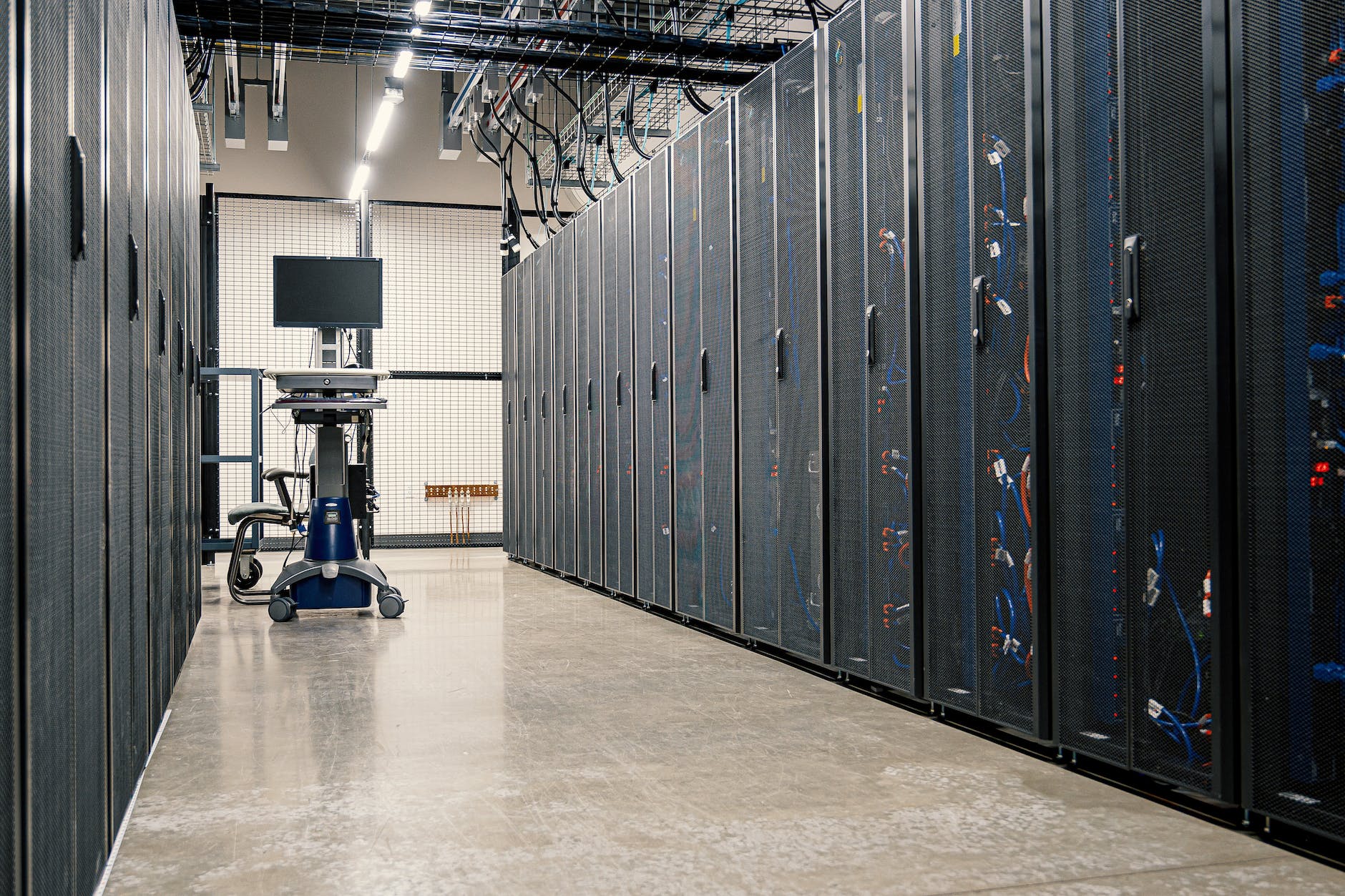Table of Contents
Introduction
Mainframes have been the backbone of critical business operations for decades, providing robust computing power and reliability. However, as technology continues to evolve, organizations are increasingly recognizing the need to modernize their mainframe systems to stay competitive, reduce costs, and improve agility.
Developing a well-thought-out mainframe modernization strategy is crucial for a successful transition. In this comprehensive guide, we will explore the key steps and considerations for creating an effective mainframe modernization strategy.

Understanding the Need for Mainframe Modernization
Before diving into the strategy development process, it’s essential to understand why modernization is necessary:
- Legacy Technology Challenges: Mainframe systems are often built on outdated technology, making them expensive to maintain and limiting their ability to adapt to changing business needs.
- Cost Reduction: Modernizing mainframes can lead to significant cost savings in terms of maintenance, licensing, and hardware upgrades.
- Improved Performance: Upgraded systems can offer better performance, enabling organizations to process data faster and support more demanding workloads.
- Enhanced Security: Legacy systems may have vulnerabilities that can be mitigated through modernization, improving overall cybersecurity.
- Compliance and Regulatory Requirements: Many industries have strict compliance requirements that may be challenging to meet with outdated mainframes.
Steps to Create a Mainframe Modernization Strategy
Assess Current Mainframe Environment
Start by conducting a thorough assessment of your existing mainframe environment. This includes understanding the hardware, software, applications, and data dependencies. Key tasks in this phase include:
- Inventory of mainframe systems and components.
- Analysis of software and application dependencies.
- Assessment of data storage and accessibility.
Define Clear Objectives
Set specific, measurable, and achievable goals for your modernization project. These objectives should align with your organization’s broader business and IT goals. Common objectives include:
- Reducing operational costs by a certain percentage.
- Improving system performance to meet specified benchmarks.
- Enhancing scalability and flexibility to support future growth.
Choose the Right Modernization Approach
There are several modernization approaches to consider, depending on your goals and constraints:
- Rehosting (Lift and Shift): This involves moving your mainframe applications and data to a more cost-effective platform without making significant code changes.
- Replatforming: This approach involves making minimal changes to your mainframe applications to run them on a different platform, often using a middleware layer.
- Refactoring (Rearchitecting): In this approach, you redesign and rebuild applications using modern architectures and technologies while preserving the existing functionality.
- Retiring: Determine which legacy applications are no longer essential and can be decommissioned.

Develop a Detailed Roadmap
Create a step-by-step roadmap for your modernization project. Outline the timeline, resource requirements, and milestones. Consider involving experts in mainframe modernization to ensure a smooth transition.
Manage Risks and Mitigations
Identify potential risks and challenges associated with your modernization effort and develop mitigation strategies. Common risks include data migration issues, application compatibility problems, and resistance from stakeholders.
Budget and Cost Analysis
Estimate the budget required for your modernization project. Consider not only the direct costs of technology and services but also the indirect costs associated with training, downtime, and potential disruptions to business operations.
Engage Stakeholders
Communication and stakeholder engagement are critical. Ensure that all relevant teams and individuals are aware of the modernization project’s goals, progress, and potential impacts on their roles.
Execute and Monitor
Execute your modernization plan according to the roadmap, and closely monitor progress. Be prepared to make adjustments as needed to stay on track and address unexpected challenges.
Testing and Quality Assurance
Thoroughly test the modernized systems to ensure they meet performance, security, and functionality requirements. Include end-users in the testing process to gather feedback and make necessary adjustments.
Training and Knowledge Transfer
Provide training and knowledge transfer sessions for your IT staff to ensure they are proficient in managing and maintaining the modernized environment.
Post-Modernization Evaluation
Once the modernization is complete, evaluate its success against the defined objectives and KPIs. Make any necessary refinements or optimizations.
Final Thoughts on Mainframe Modernization
Modernizing your mainframe environment is a complex undertaking, but with a well-structured strategy and careful planning, it can lead to improved efficiency, reduced costs, and a more agile IT infrastructure. By following the steps outlined in this comprehensive guide, you can create a successful mainframe modernization strategy that positions your organization for long-term success in a rapidly evolving technological landscape.

